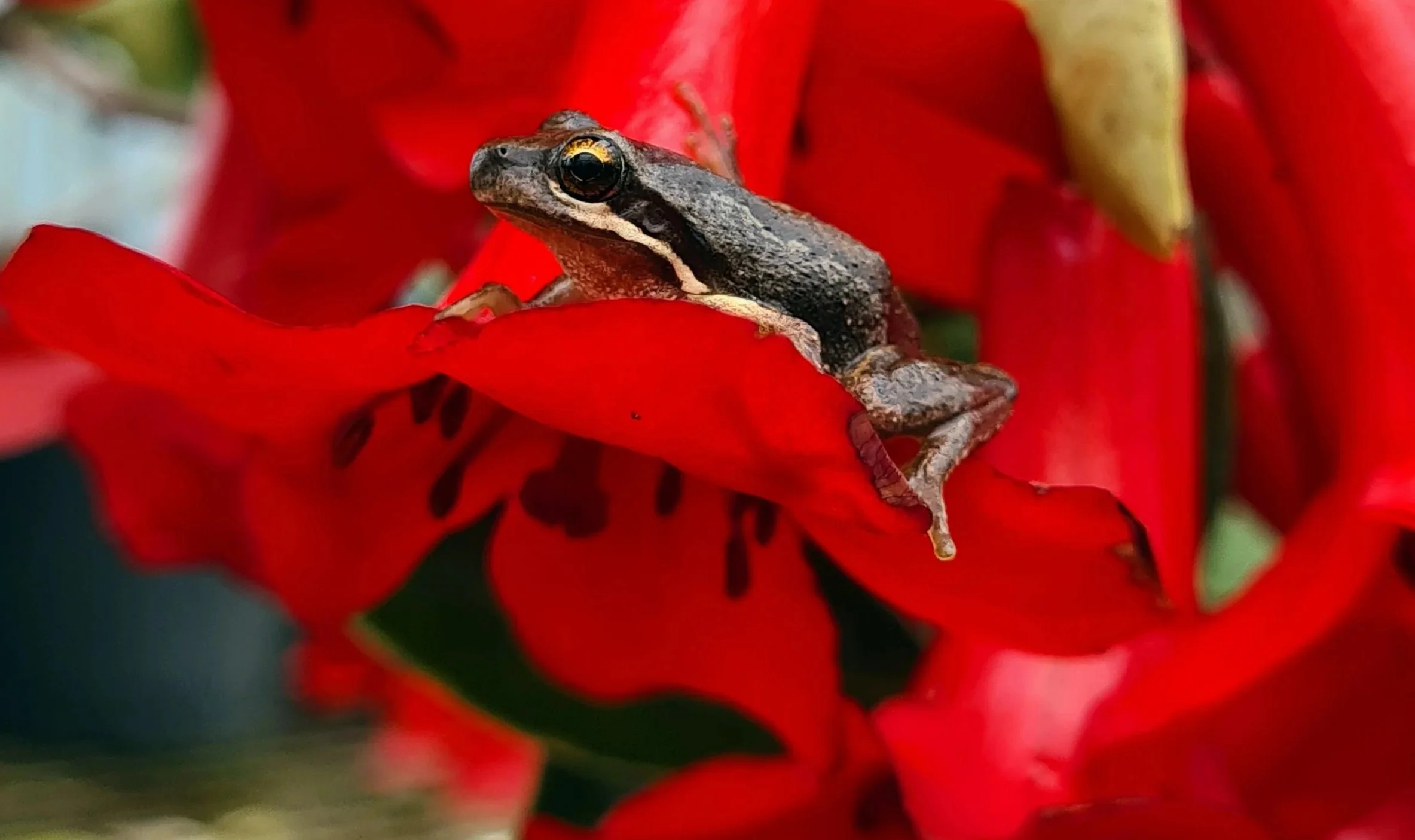
Growing Rhododendrons
To get the best from your plant, the following brief notes may prove helpful.
Of the huge quantity of Rhododendrons planted each year on the North West Coast of Tasmania, a very large number will drown because their buyers are unaware of their real needs.
Drainage is all important
When planting, try to use a fork as this fractures the soil in the hole and helps with drainage. Dig a square hole at least twice the diameter of the root ball and to a depth of the pot. Mix the soil together in the hole before scooping a small depression in the middle of the hole and place the plant no deeper than it was in the pot.
Water well and provide at least 100ml deep of good quality mulch around the plant to a distance of 500cm either side, keeping mulch away from the plant stem.
Other factors which will assist are:
· The ideal planting period is between the start of Autumn and early winter. Younger plants are preferable as their roots have only just made it to the outside of the pot.
· Should you acquire an older plant, remove plant from pot and gently tease roots at the base and remove any unwanted material from around the top of the root ball. Cleanly cut all the roots that are not growing out or down with sharp secateurs or a knife. Place gently into position, ensuring that all the roots are heading outwards or downwards. Cover with soil and firm very gently using your hands — do not compact heavily.
· A relatively acid soil (no lime or wood ash) pH 5 to 6.5.
· Good air circulation around the plant - don’t crowd it!
· Light shade or full sun (but preferably not all day). Bigger leaved Rhododendrons generally like more shade - smaller leaves more sun.
· Plant to the same depth as in the pot (as previously mentioned) .
· Do not use strong fertilisers. Well rotted manures are much better.
· Rhododendron root systems are shallow and fibrous - avoid disturbance and mulch well around plant once in the ground.
· Fine micro-jet spray systems which can apply a fine mist of water to the under-side of the leaves will generally prevent any infestation of problem insects such as lace bug and thrips. This will also prove a very economical way to deliver water to plants.


